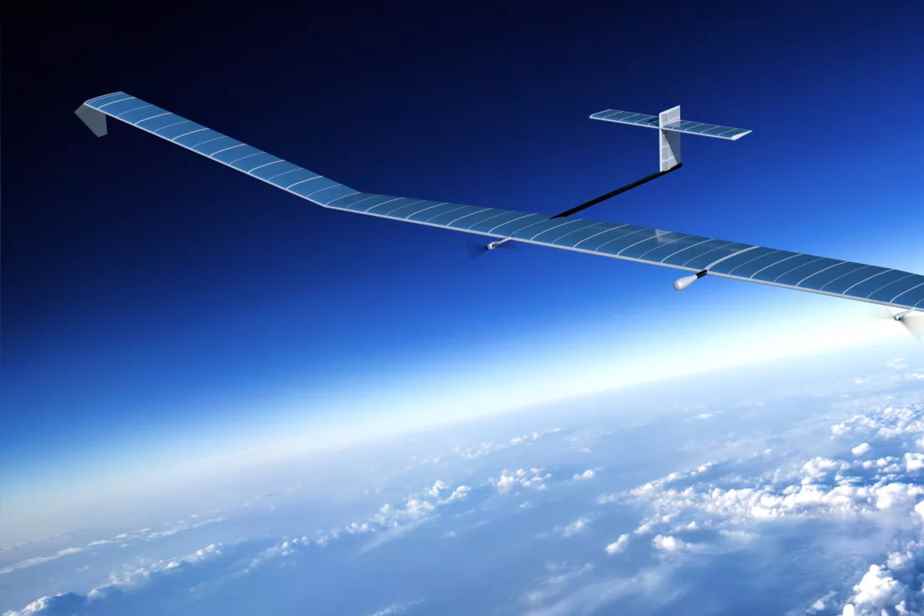Posted at 7:00 a.m.
42 days
This is the time spent in the air by the solar plane Zephyr S of Airbus in June and July, a record for an unmanned aircraft. The previous record, also held by Zephyr, was 25 days in 2018. Airbus is testing the aircraft, which has a wingspan of 25m and a payload of 22kg, for the US military. The next test will be over the Pacific.
Science quiz: why are some species of birds smarter?

PHOTO FROM WIKIMEDIA COMMONS
The parrot is one of the most intelligent bird species.
Answer : Because their chicks spend more time in their nest, according to a Montreal study. The McGill biologists, who published their results in early August in Nature Ecology and Evolution, assessed that the longer the time in the nest, the greater the number of neurons in a memory-related area in these birds. The smarter bird species, such as crows, ravens and parrots, spend a lot of time in the nest. Brain size is also a factor related to intelligence.
The silence of prejudice

PHOTO FROM WIKIMEDIA COMMONS
White doctors are less biased when their black patients ask questions, according to a recent study.
Patients who ask their doctors questions reduce their doctors’ prejudices, according to a new American study. White doctors passed an unconscious bias test (implicit bias) after seeing an African American patient. Those who had silent patients had a higher rate of unconscious bias than those whose patients asked questions about the medical examination. The University of Michigan psychologists, who published their results at the end of July in PNASargue that this shows the importance of interpersonal relationships in reducing unconscious bias.
The Lunar Caverns

PHOTO FROM NASA WEBSITE
Sea of Tranquility crater on the Moon examined by UCLA researchers
Lunar caverns could be good places to establish lunar bases, according to a new study from the University of California, Los Angeles. The caverns of the shaded craters have an average temperature hovering around 20°C at night and day, unlike the surrounding plains which go from over 100°C during the day to -170°C at night. In the Geophysical Research Letters from late July, astronomers describe their analysis of the probe data Lunar Reconnaissance Orbiter.
Other Helicopters on Mars

PHOTO FROM NASA WEBSITE
Illustration showing the various devices that will be involved in the return to Earth of the Martian samples of Perseverance
NASA just involved two more helicopters in the rover mission Perseverance. A European rover was to collect, in 2031, 20 samples collected by Perseverance (and set aside in the middle of its scientific itinerary, to make room for about twenty other samples) and bring them to a probe back on Earth. Ultimately, Perseverance should do all the work himself. But to make sure the samples arrive safely, NASA will send two helicopters to pick up the abandoned samples halfway, if Perseverance is not up to the task.

